How to lose a user in 10 days
A product that doesn't prioritize retention, onboard users, or solve a real problem is like a leaking bucket.

The last time I went to a Subway restaurant was on March 2, 2020. I spent $10.12 on a mediocre sandwich and drink for a quick lunch, shortly before the pandemic closed my office a couple weeks later. In the last 12 months, my wife and I have spent at least $583.59 on baby supplies (i.e. diapers) excluding clothing. Between the two of us, we've made 123 student loan payments since November 2016. I could tell you the exact dollar amount of student loans repaid to date, but I don't want to make this essay unnecessarily depressing.
I do not know those numbers off the top of my head. I use a personal finance website and app called Intuit Mint. If you're unfamiliar, Mint is a free (i.e. ad-supported) consumer website and app that enables users to track income and expenses, create a budget, view their credit score, and see trends in their finances over time. It was acquired more than a decade ago for $170 million by Intuit, the makers of business accounting software QuickBooks. According to my transaction history, I've been tracking my income and expenses using Mint since 2014. And as a longtime user, I've been disappointed by its lack of updates. It works well enough for a 'free' app, but it's stagnated in terms of product enhancements.
So I've been looking for an alternative to Mint for awhile, and there are no shortage of them in 2020. Driven by the increase in venture capital invested in fintech companies and streamlined connectivity to financial institutions enabled by Plaid, there are dozens of personal finance apps available today. Clarity Money. Simplifi. Copilot. I've tried them all, but the switching cost of moving from an app you've used for years is high. For instance, none of these apps allow you to import your Mint data, likely because Mint does not offer a public API to facilitate that. Each of the personal finance apps I've tried have at least one differentiator, but they're mostly the same. None have been better, faster, or cheaper enough to justify the cost of losing six years worth of meticulously tracked data.
The most promising alternative to Mint I've come across is Monarch. Built over a period of 18 months, Monarch launched out of beta in November with a website and iOS app. I enjoy trying new products and providing the team behind them constructive feedback, so I requested an invite to Monarch months prior to the startup's official product launch. Monarch is exciting because it's the first truly beautiful personal finance platform I've used. I've provided a screenshot below so you can see for yourself. Not only is it well-designed, it's also impressively fast. And I respect the fact that it's subscription-based rather than ad-supported. I'd gladly pay $9.99/month for a personal finance app... if it works.
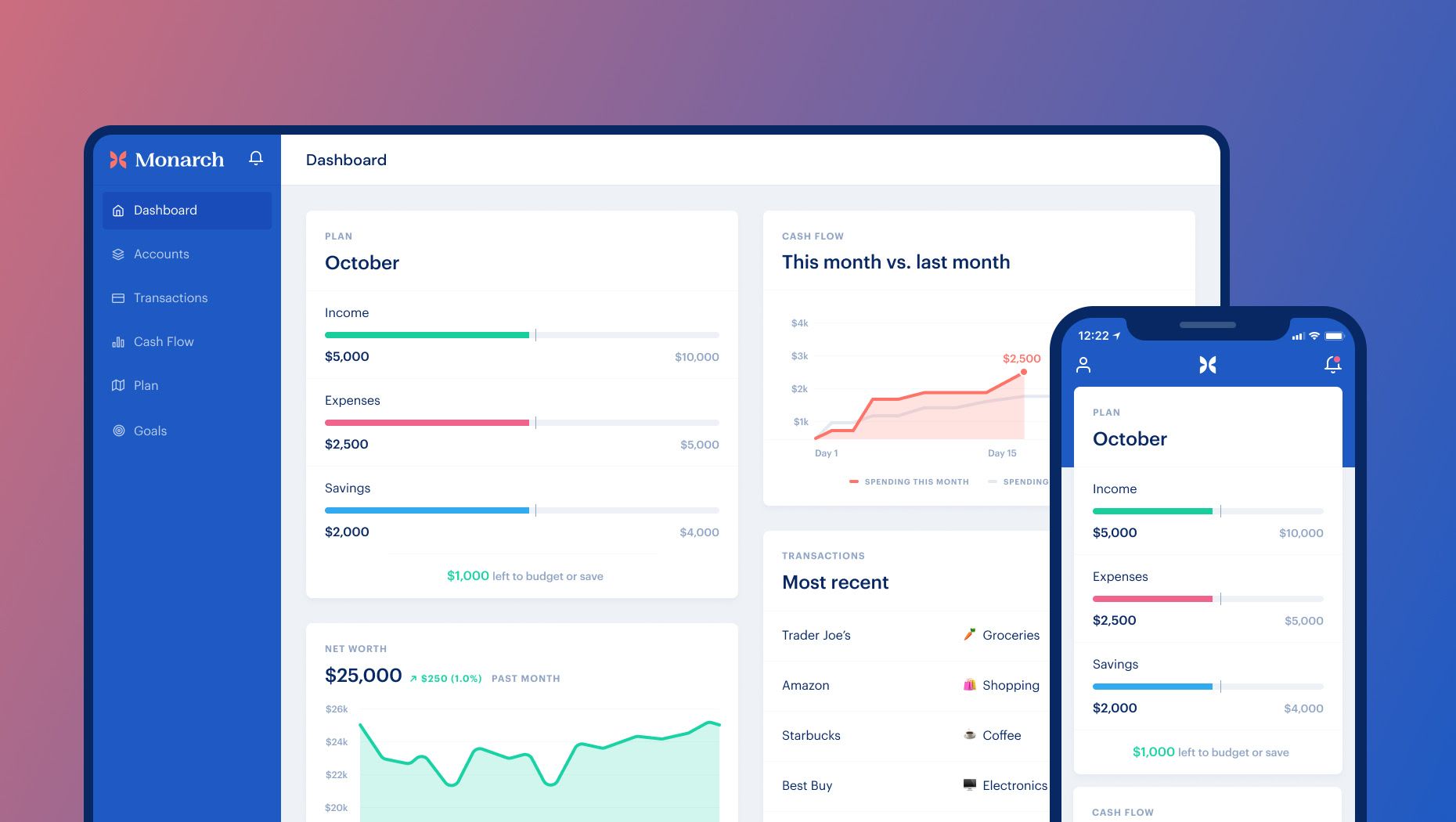
During Monarch's user onboarding steps, I ran into a bug that prevented me from going any further with the product – I could not connect my Capital One accounts to sync transactions. A personal finance platform is only useful if it includes all of your financial activity, not a portion of it. Even the app's developers acknowledged this in their reply to a tweet I mentioned them in. Despite reporting the issue to the Monarch team multiple times over the course of several months, the issue has never been resolved. Sadly, even after their official launch, the app still throws the same error every time I try to connect my Capital One accounts.
As much as I'd like to switch from Mint to Monarch as my go-to personal finance tool, it's currently not possible for me to use their product, even as a paying customer. As someone who has built numerous digital products, this issue is not that surprising to me given the underlying complexity of a financial product like this. But as the end user, albeit an early adopter, it's frankly disappointing. I share this experience not to disparage Monarch (they've been very responsive and apologetic about the issue), but to highlight how easy it is to lose even a motivated user and potential customer due to unresolved product defects.
Hey Gary, thanks for trying out Monarch, and for sharing your experience. We’re working on improving Capital One support through a direct connection with the bank. We know Monarch is only valuable if you can connect your accounts, so this is one of our top priorities!
— Monarch (@monarch_money) October 13, 2020
Monarch is one example, but they're not alone. While growing CompleteSet, we noticed a recurring theme in our support requests from users claiming that they weren't able to log in. The reports were vague and we could not reproduce any login issues on our side, so we assumed that users were just confused. It wasn't until several weeks of these complaints that a user specified that they weren't able to reset their password. We thought it might be due to reset password emails being inadvertently caught by spam filters. It turns out, it was worse. After investigating this further, we found that the forgot password emails weren't being sent at all!
For more than a month, if a CompleteSet user forgot their password, they weren't able to log in to the website or the app. Suffice it to say, I was furious. A feature that had previously worked fine was no longer functional, some users were unable to access our product, and it took us weeks to realize this. I was never able to pinpoint whether or not this lost us users, but it certainly didn't help us retain any. We were so focused on building features and acquiring new users, that we didn't regularly test functionality like password resets that supported our current users. As our product leader, I had only myself to blame for this. I prioritized too many new features over thorough testing and iterative optimizations.
This experience taught me a valuable lesson in good product management. It may not be as glamorous as releasing something new, but it's critical to the longterm success of a product to ensure its existing functionality reliably works and continually improves. It's easy to become enamored with the latest new feature that has the potential to drive growth for your business only to lose sight of those that supported your current users' needs. But unresolved product defects are hardly the only mistake that can cost you users.
If your goal is to perpetuate a leaking bucket by operating in the ignorant bliss of vanity metrics, then just read the bolded section headings below.
In the second part of this essay focused on retention in digital products, I will share specific examples of how you can lose a user in 10 days or less. If your goal is to perpetuate a leaking bucket by operating in the ignorant bliss of vanity metrics, then just read the bolded section headings below. I promise I won't be offended by the short average time spent on this page according to Google Analytics. But my hope is that you'll do the exact opposite, starting with reading every word that follows then thinking of ways you can retain more of your users. And if you find any of this information useful, please subscribe to my newsletter.
Don't prioritize retention
In my experience, the adage 'It's cheaper to keep a customer than to find a new one' is true. In fact, numerous studies across different industries have shown that acquiring a new customer can be five to 25 times more expensive than retaining an existing one. Retention can also improve the bottom line. For instance, research done by Frederick Reichheld of Bain & Company found that increasing customer retention rates by 5% increases profits by 25% to 95%.
Yet while leading my previous startup, I focused too much on user acquisition at the expense of user retention. A prime example of this misstep was the story I shared with you earlier about the broken forgot password functionality that prevented users from logging in. While obsessing over new features that had the hypothetical potential to acquire new users or increase revenue, I failed to sufficiently invest in quality assurance to ensure our current users stuck around.
If you can’t measure it, you can’t improve it.
To make matters worse, our team wasn't able to reliably calculate key performance indicators on retention such as monthly active users (MAUs) and our definition of an active user failed to accurately identify what really retained our users. It's not that we didn't know that retention mattered, we just prioritized other efforts that, at the time, seemed more important to pursue. But mostly, my startup didn't prioritize retention because we simply didn't know how to. And as the famous quote by Peter Drucker says, "If you can’t measure it, you can’t improve it."
The fact is, acquiring users for your product is not enough to achieve a successful outcome. You also have to keep users coming back, but this is more difficult than it seems to the ambitious first-time founder or product manager. A helpful framework for this that I learned far too late in my entrepreneurial journey was AARRR, or "startup metrics for pirates". Originating from the 500 Startups accelerator in Silicon Valley during the late 2000s startup resurgence, AARRR is a metrics framework that breaks down the customer lifecycle into five steps:
Acquisition, Activation, Retention, Referral, and Revenue.
Had I known and followed this framework for my own company sooner, I would have put greater emphasis on retention in our product decisions. By the time I started implementing this way of thinking, we had tens of thousands of registered users who were no longer active. In other words, they had created an account but hadn't logged in for more than 30 days. In many cases, they had used the product once and never returned. For a consumer app offering a peer-to-peer marketplace like CompleteSet, a poor retention rate spelled doom.
Don't onboard users
Have you ever registered for a website or app only to feel lost and unsure how to actually start using it? This is more common than you may think. I try a lot of new products which makes me somewhat of an early adopter, and it's stunning to me how many of them fail to onboard users in an intuitive manner. I'm fully aware of the utopian idea that a product should be so simple that it doesn't require instructions, but onboarding is an opportunity to "activate" your users so they can realize value from the product as quickly as possible.
If you're reading this essay, you're probably very familiar with the concept of user onboarding. But if you've ever built a digital product before, you've likely experienced situations in which user onboarding was viewed as a nice-to-have feature (i.e. low priority) on the backlog. It's often the last thing to be built in a new product and an easy target when a team is looking to reduce scope to make a delivery date, but that's a mistake if you don't want to lose the users who try your product for the first time.
There are three different types of user onboarding for most websites and native apps.
Benefits-oriented onboarding is exactly what it sounds like. This type of onboarding is focused on explaining the value a user will gain from using the product, rather than how to use it. You'll normally find benefits-oriented onboarding on a company's landing page or an app's unauthenticated home screen. On native mobile apps, this form of onboarding typically includes permission requests, such as those used to access your location or send push notifications. This is likely the most common form of onboarding, but also the simplest to provide in terms of engineering effort.
The latest version of the Walmart app, in which they consolidate Walmart.com and online grocery shopping into a more unified experience, is a great example of onboarding. In just a few screens, Walmart clearly explains through straightforward copy and iconography the benefits of using the app, then gracefully requests the user's permission to send push notifications and access their location while making it clear what's in it for them.
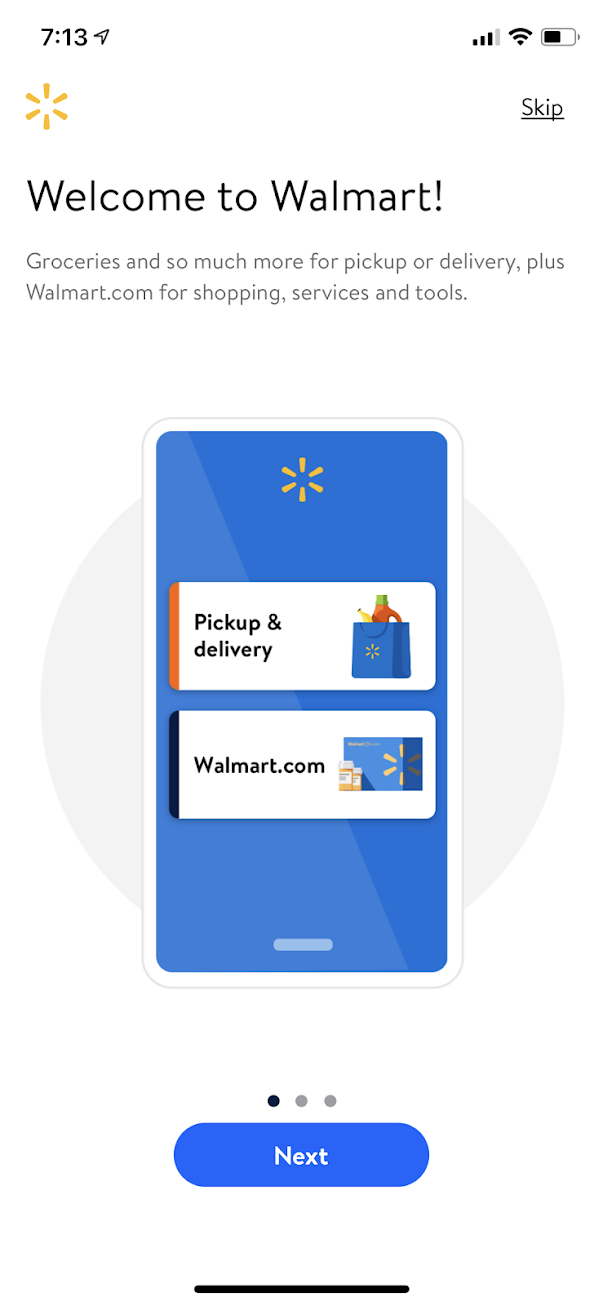
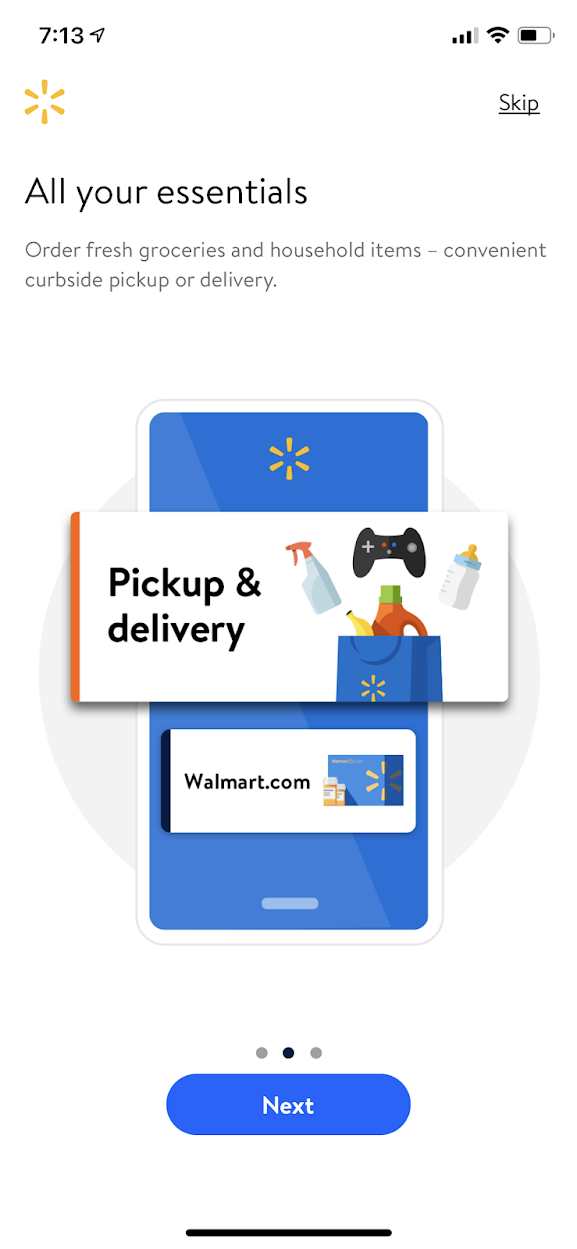
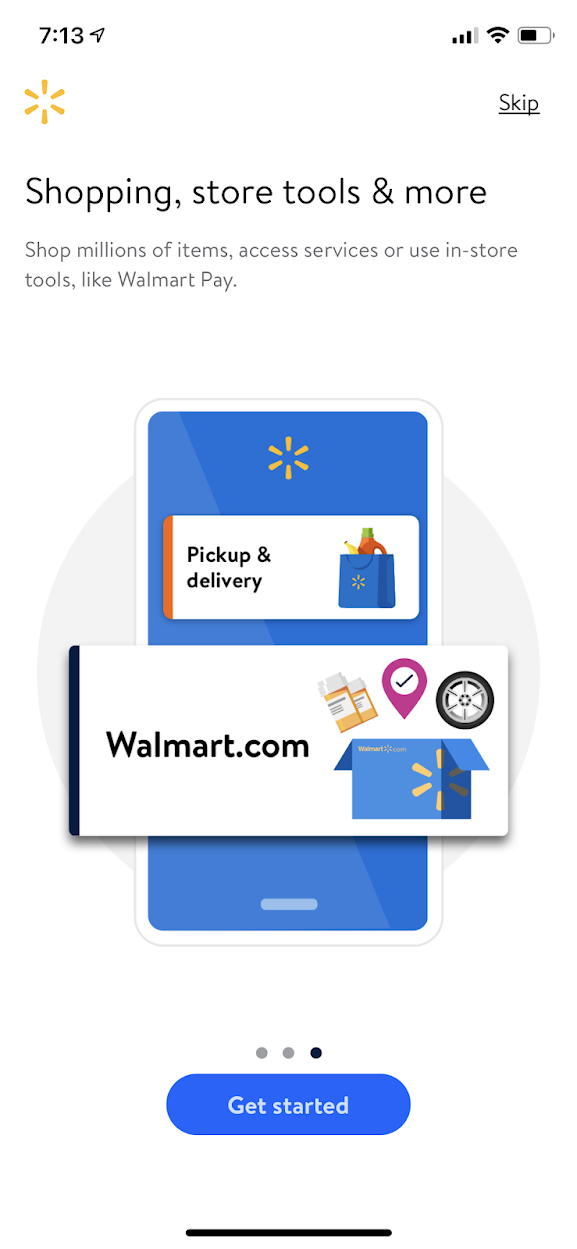
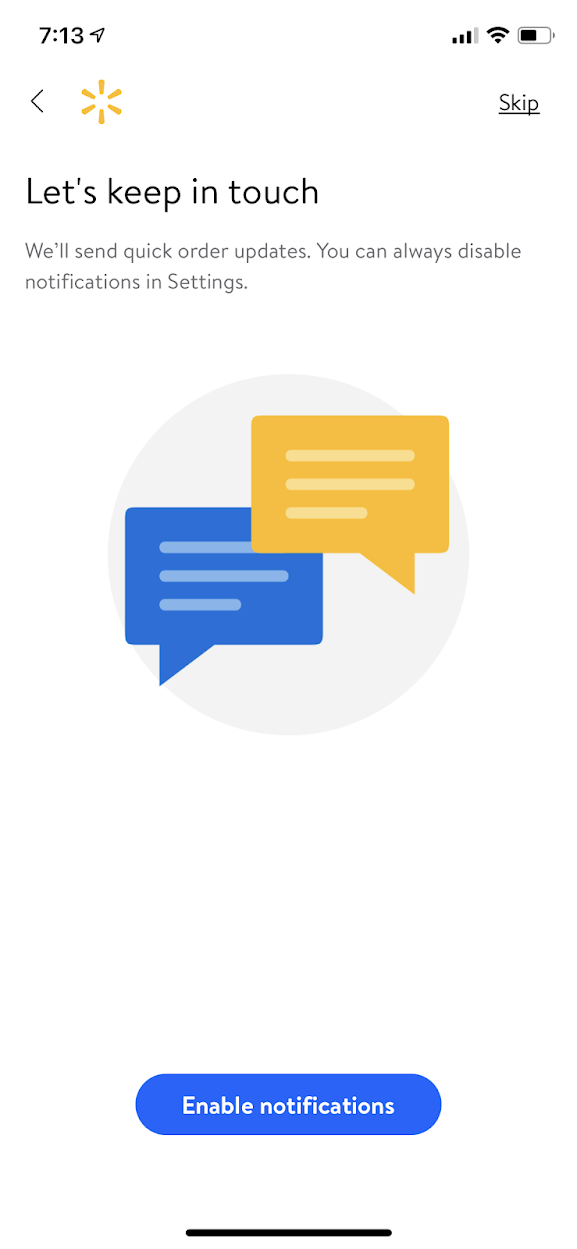
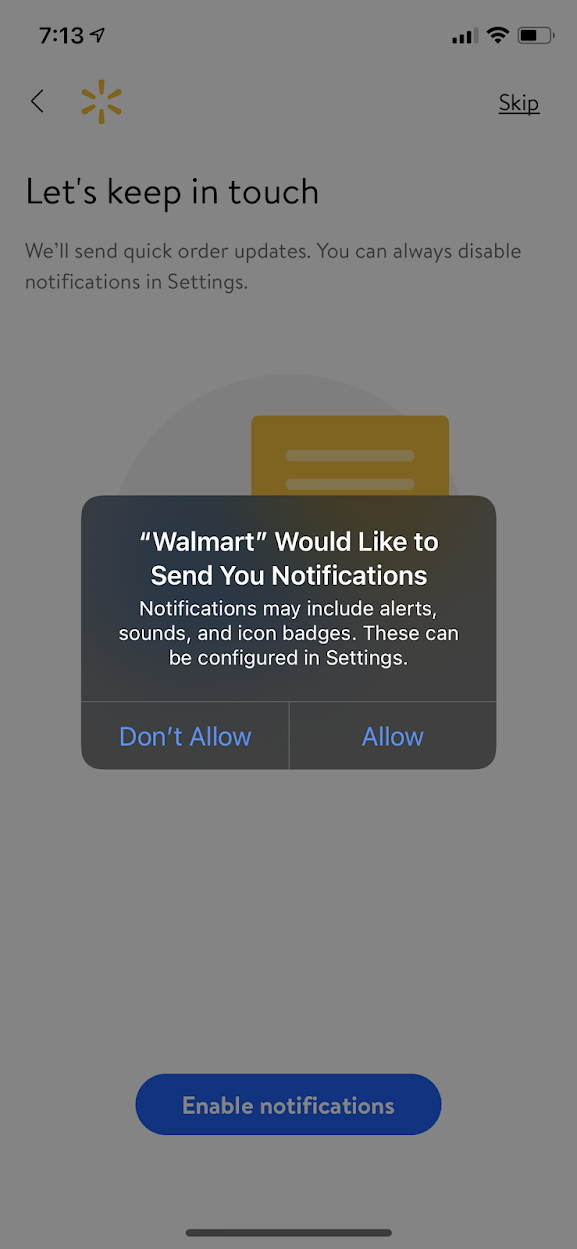
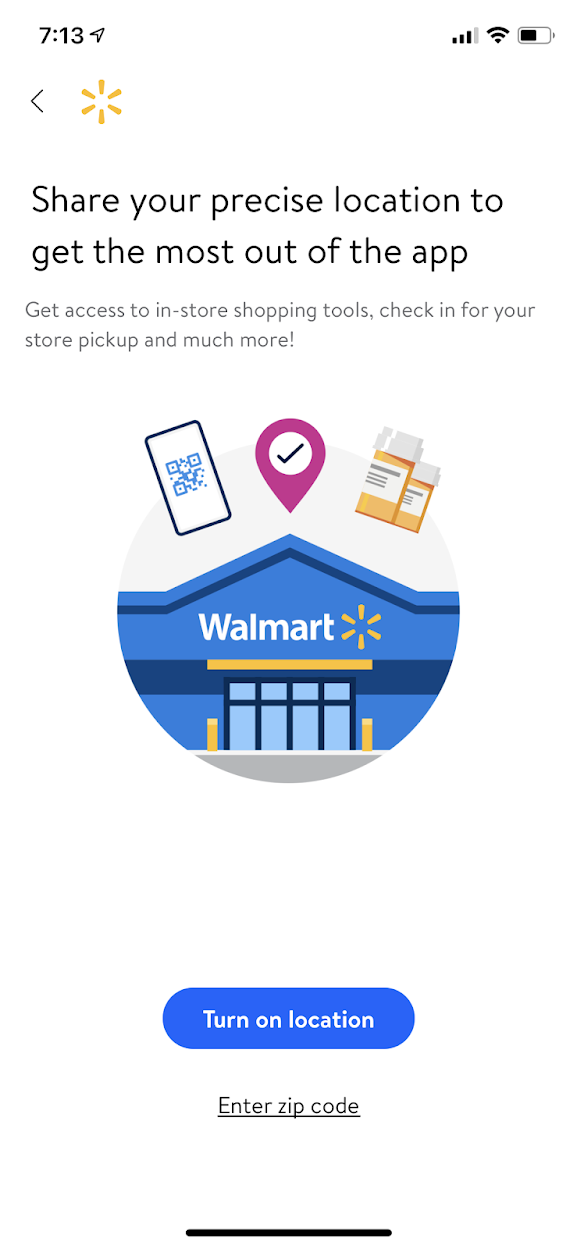
Another common approach to user onboarding is function-oriented onboarding. This type of onboarding teaches the user how to use the product rather than simply explaining what it does for them. This is especially useful when introducing how to perform certain actions within a product. In the following screenshots, the personal finance app Monarch that I mentioned earlier provides an exceptional onboarding experience. The animated confetti upon successful completing an action makes a potentially tedious process feel fun. This flow was fast and intuitive for all of my accounts, except Capital One.
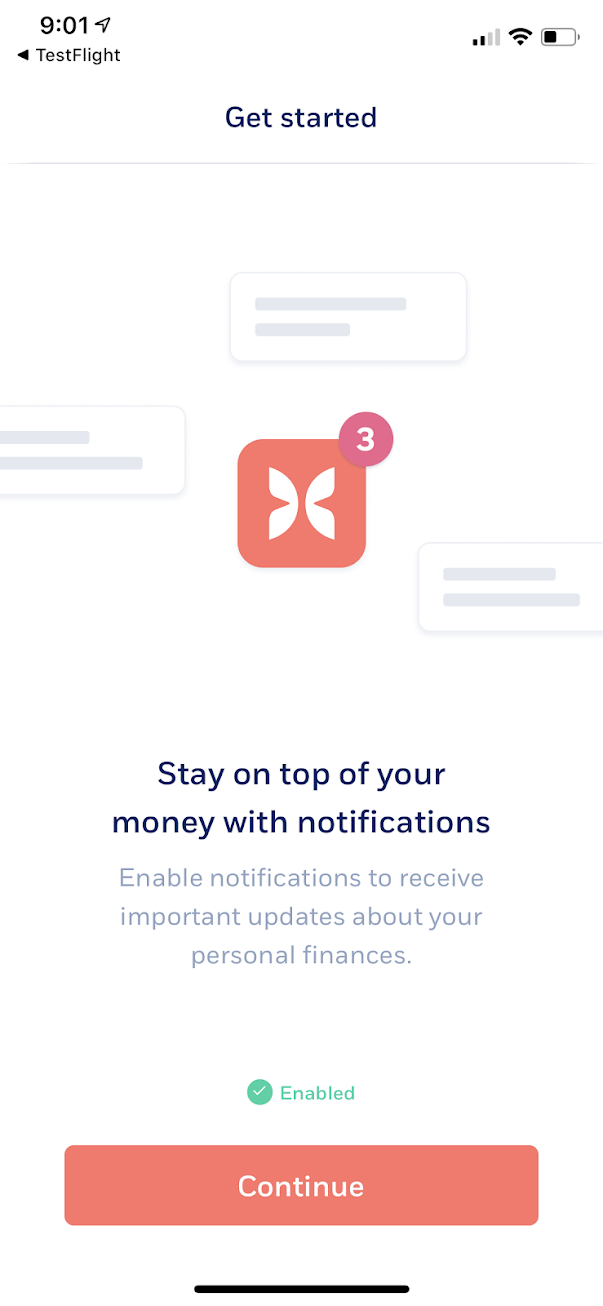

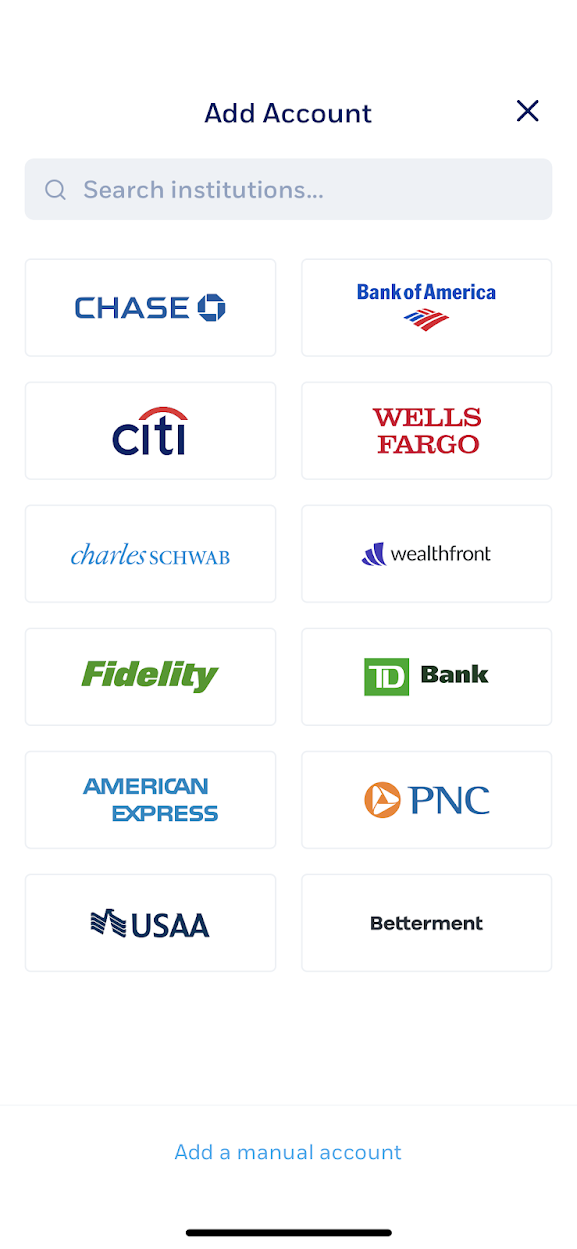
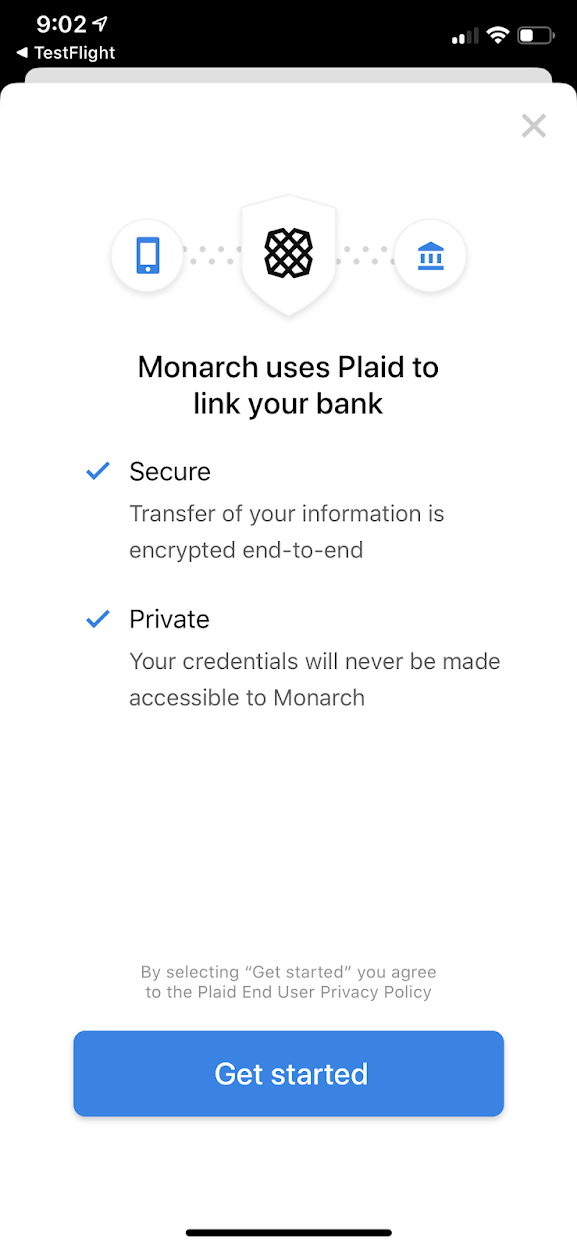
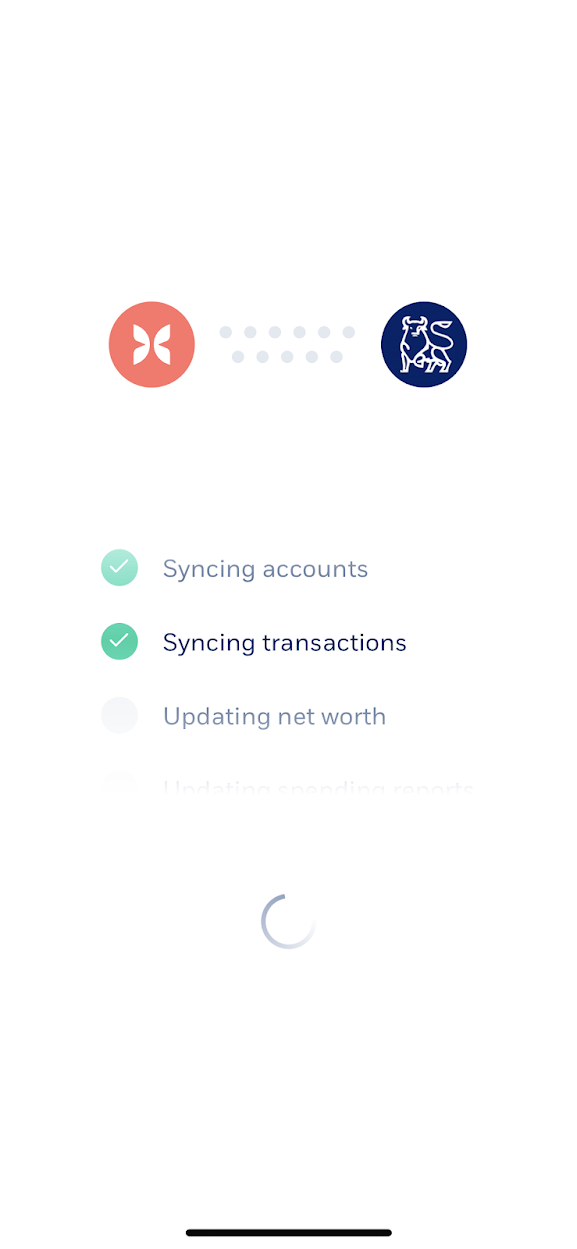

Progressive onboarding is probably the most complex to build, but perhaps the most effective. Rather than simply providing benefits or steps upfront for the user to understand, progressive onboarding guides its users through the product. This approach can be be used to onboard new users to your product for the first time, or introduce new features to existing users. In the screenshots below, Swarm used progressive onboarding to introduce their radically redesigned iOS app when I installed it in 2017. Swarm was able to quickly onboard me to the new app in a game-like, educational way.
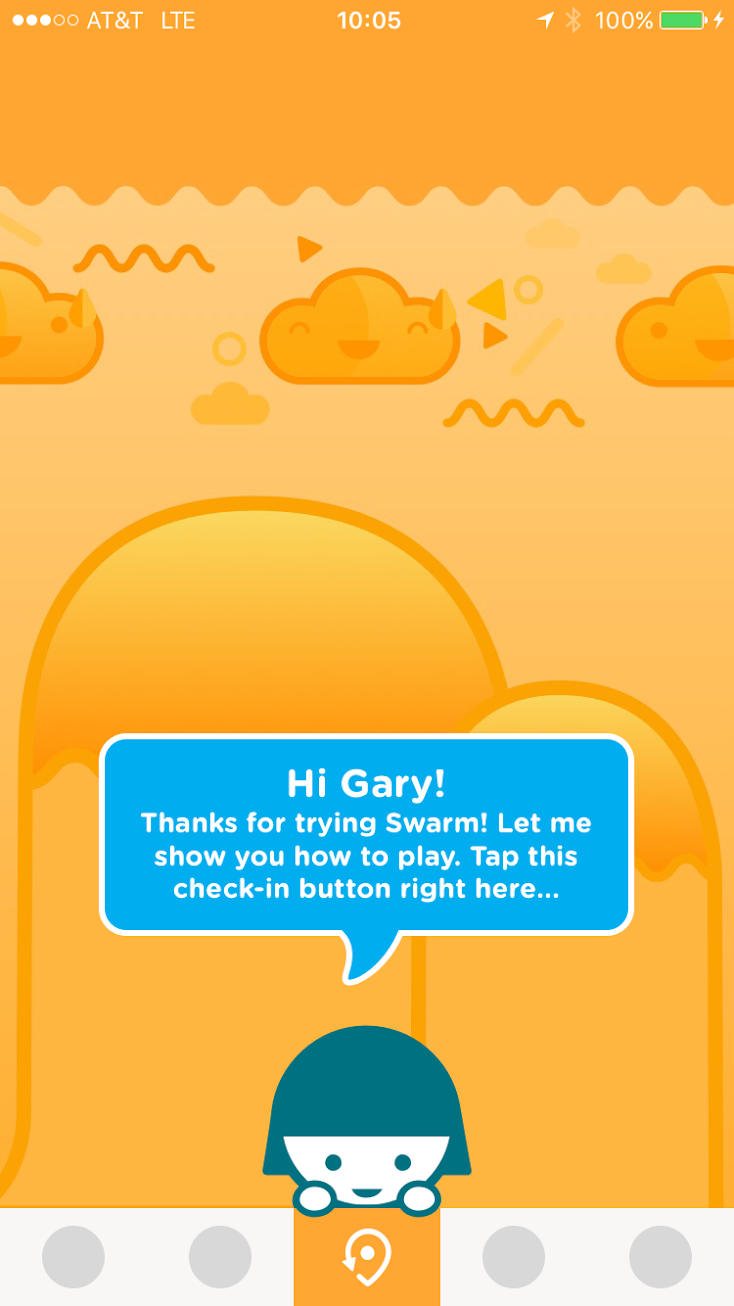
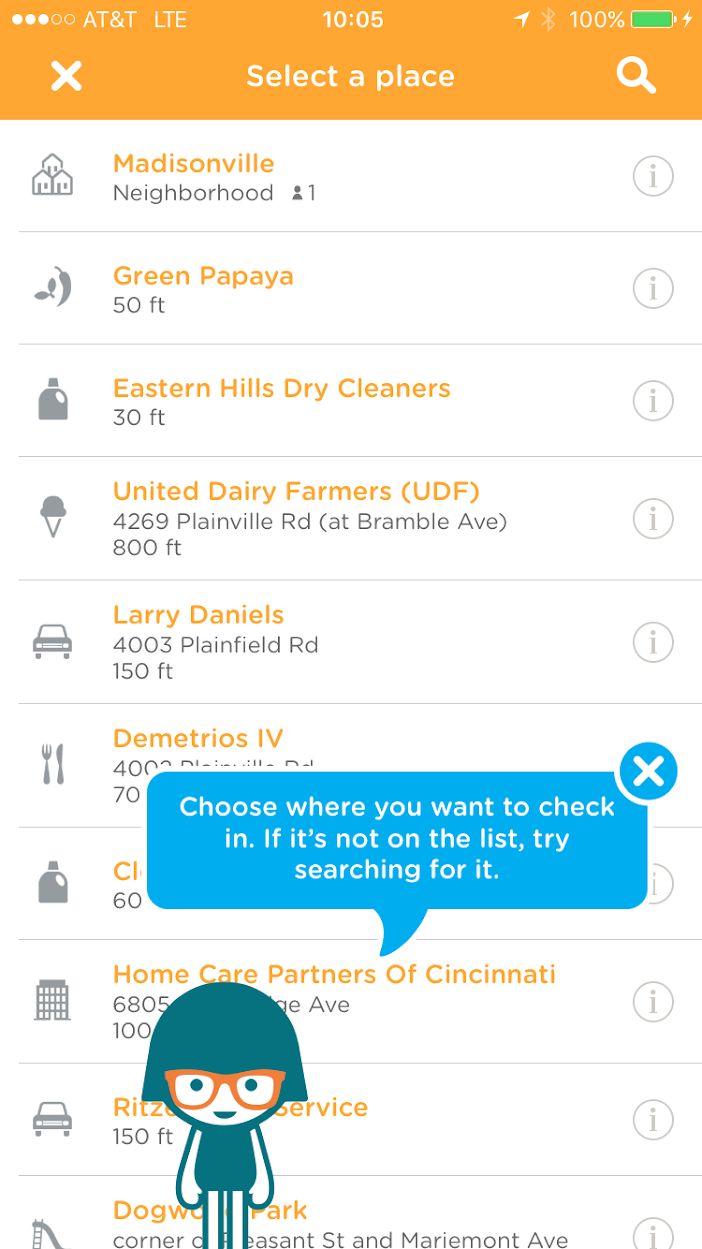
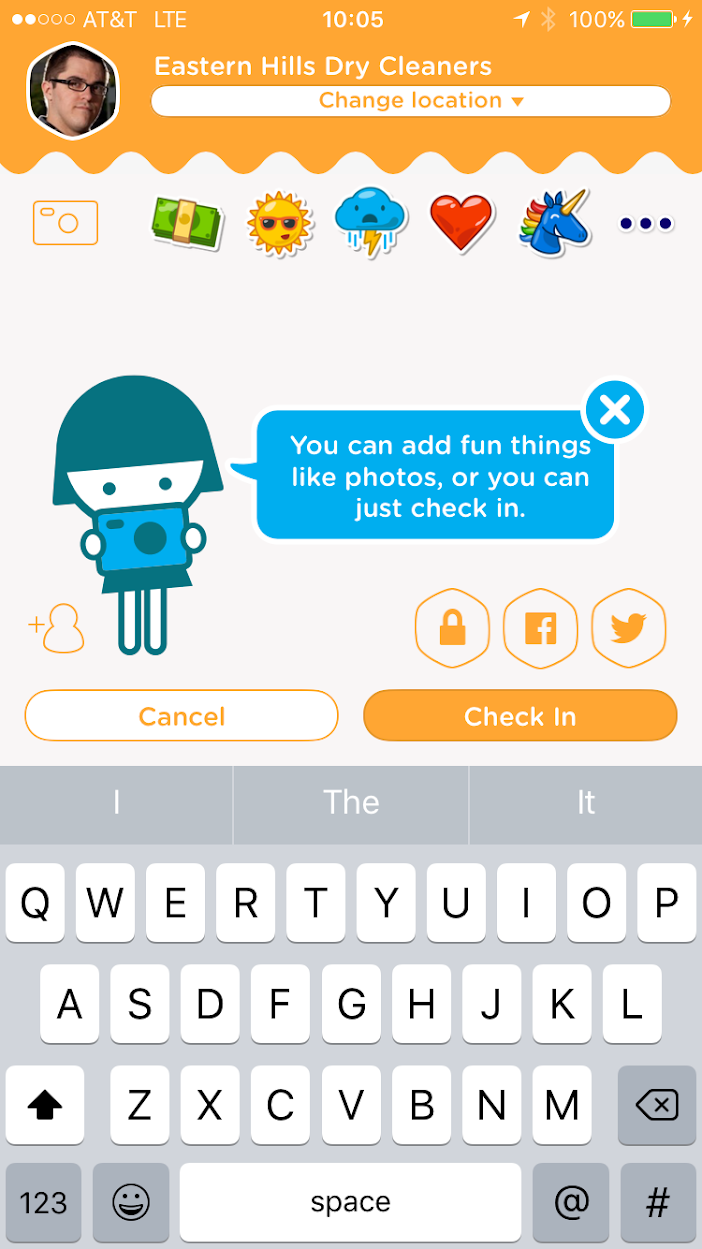
It's not uncommon for products today to use a combination of all three user onboarding techniques at any given time. Since they serve slightly different purposes, the impact of user onboarding may vary with each cohort of users. For instance, a user who installs a mobile app for the first time is likely to expect benefits-oriented onboarding from the moment they open the app. But a longtime user of a product who is being introduced to newly released features may require a combination of both function-oriented and progressive onboarding to ensure a major change to the product doesn't push them to stop using it entirely.
They say first impressions are everything, and that the numbers don't lie. Studies show that 25% of users will abandon an app after their first use, 55% of people say they've returned a product they didn't understand how to use (Source: Wyzowl), and a staggering 74% of consumers are likely to switch brands if they find a purchasing process too difficult (Source: Salesforce). Once a user has made the decision to create an account or purchase your product, a product leader's number one priority should be to retain them.
The first opportunity to retain a user is through smart and focused onboarding, so don't forego this important step.
Don't solve a real problem
You can design the most beautiful interface, prioritize user retention, and even provide an elegant onboarding experience, but your efforts may be futile if your product doesn't solve a real problem. Whether you're a startup founder building their first minimally viable product or a product leader at a Fortune 500 company, the odds are not in your favor if your product is a solution searching a problem that doesn't exist. According to research by CB Insights, 42% of startups fail due to no market need.
Although this is a topic that's been written about ad nauseam at this point, the fact that so many companies and products fail due to no market need demonstrates just how easy it to build something that people don't want. There's nothing wrong with tinkering and building products for fun, but where technologists often go wrong is attempting to shoehorn a product into a market. Whether it's due to blind ambition or willful ignorance is hard to say, but it is avoidable either way. This is why being data-driven and intellectually honest are crucial to success in entrepreneurship and product management alike.
Although many companies fail due to lack of demand, it is possible to create a market for a new product or service. There are prominent examples of innovative companies that did just that. Consider Uber and Lyft, who didn't invent taxis but certainly made us all aware of ridesharing. Airbnb convinced millions of travelers to stay with complete strangers' homes to become a company now worth more than $100 billion on the public market. But this required near perfect timing, relentless execution, and billions of dollars in venture capital. In short, it's possible to create a market that did not already exist, but it's not easy or cheap to do so.
After experiencing firsthand the struggle of bringing a new product to market and witnessing others do the same with varying degrees of success, I now subscribe to the notion that it's better to sell pickaxes than mine for gold. During the Techstars Chicago accelerator in 2016, my cofounder and I sat across from the founders of a company called Fitbot. They provided a platform for personal trainers to serve their clients remotely. Recognizing the frustration of personal trainers using email and spreadsheets to work with clients, Fitbot created a web-based product that enabled them to serve clients from anywhere.
Instead of attempting to hire personal trainers for a tech-enabled gym of some sort, Fitbot provided a solution to a problem that the personal training market knew that they had. In doing so, Fitbot created a valuable business with sustainable recurring revenue. Personal trainers loved the product because it empowered them to offer their services to more clients and better manage their time, thus increasing their own income. After graduating from Techstars, the company continued growing rapidly through paid acquisition and partnerships, rebranded to TrueCoach, and was acquired in early 2020.
TrueCoach is a masterclass in the importance of solving a real problem. They sold a digital platform (the pickaxe) to a large market of personal trainers seeking to grow their client-centric businesses (the gold rush).
User retention matters, but it doesn't happen on its own. It's an intentional effort that's designed to measure whether your product consistently provides value to the user. As a builder, it is your responsibility to prioritize retention, onboard users to help them experience your product's unique value proposition, and most importantly, solve a real problem. If you don't do these things well, your users will abandon you without looking back. After learning this myself the hard way, I'll always pay attention to retention in my next venture. You should too.
Want more content like this? Please share and subscribe to my newsletter.
P.S. If you're looking for an alternative to Mint, I highly recommend trying Monarch. Despite the issue I had connecting one of my financial accounts, it's an impressive product otherwise. I'll be back when they resolve that defect.